Stéréotropismes

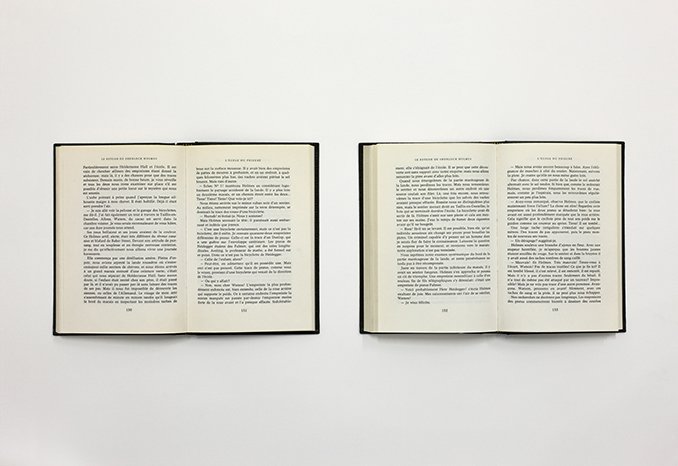
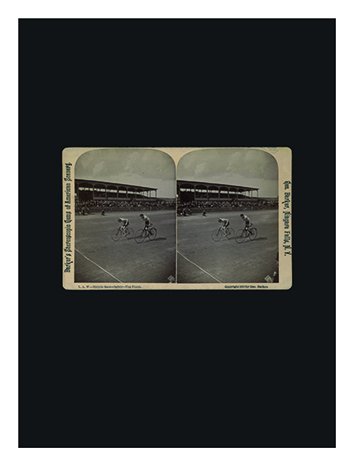
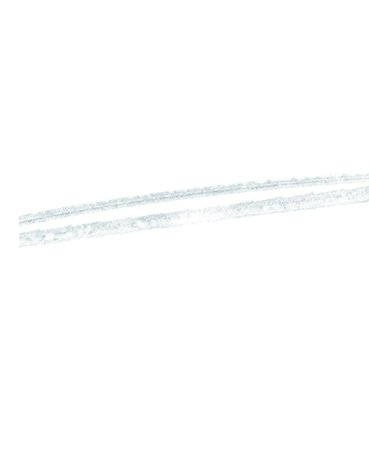
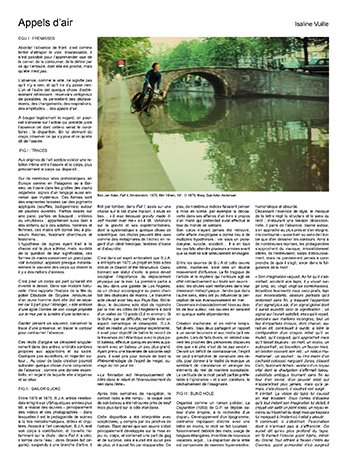
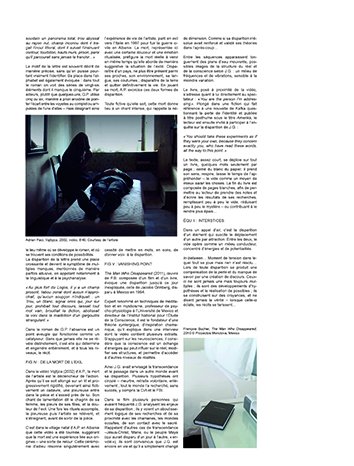
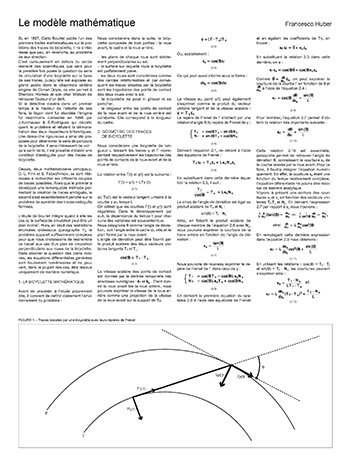
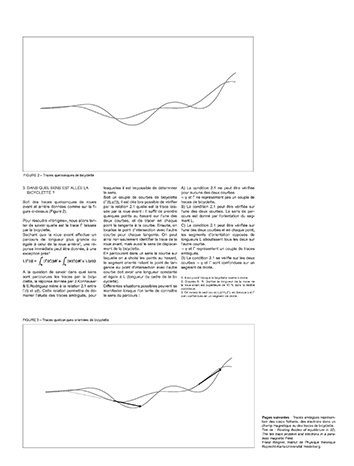
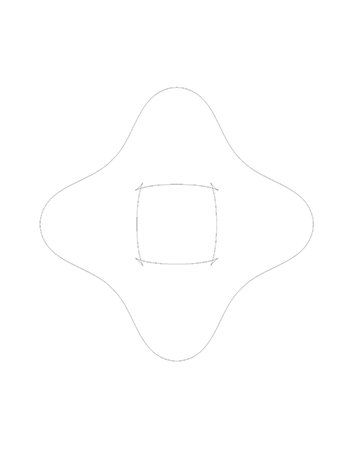

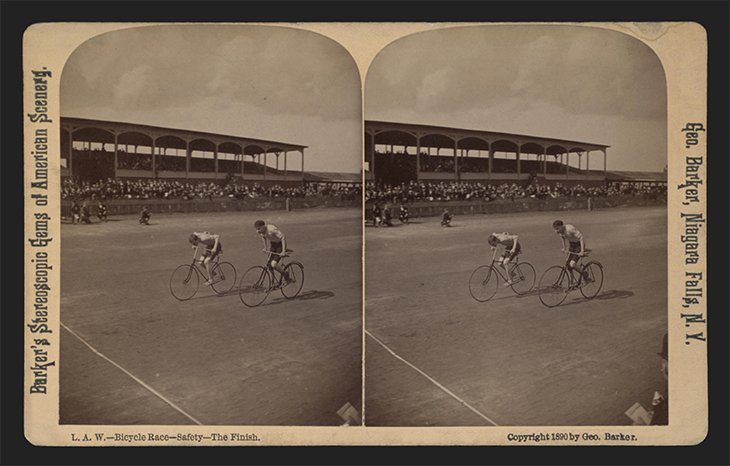
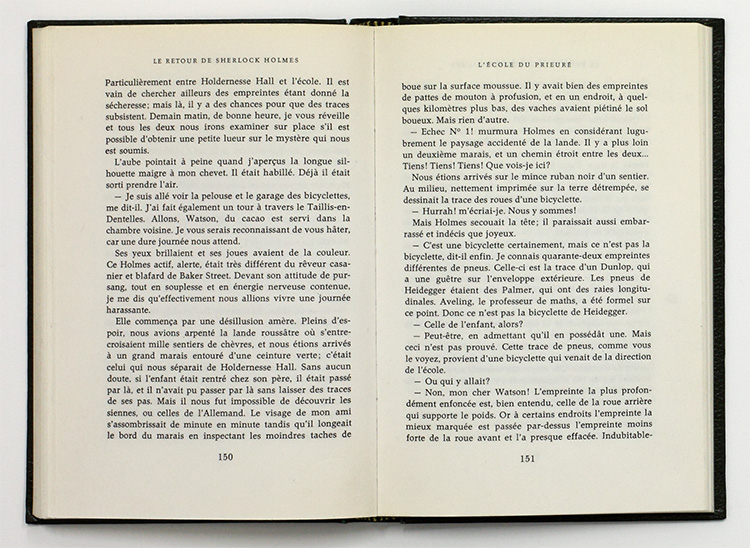
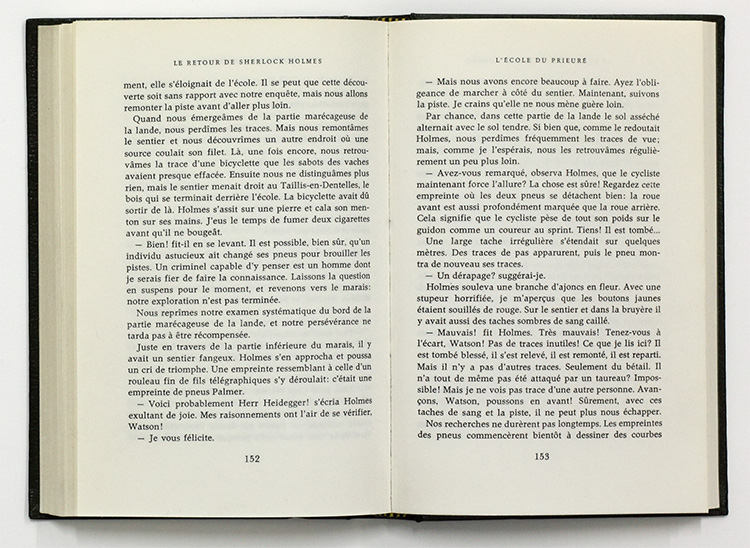

Dans la nouvelle de Conan Doyle L’Ecole du prieuré, Sherlock Holmes et le docteur Watson découvrent des traces qui semblent provenir de la bicyclette de l’homme qu’ils recherchent. Holmes affirmant que le vélo s’éloignait de l’Ecole, Watson lui répond qu’il aurait également pu s’y diriger. S’ensuit une démonstration de Holmes suivant laquelle la trace de la roue arrière est la plus épaisse car le poids y est supérieur, et il serait notable qu’elle oblitère celle de la roue avant en plusieurs endroits, ce qui permettrait de déterminer la direction du vélo. Malgré l’effet produit par l’esprit déductif de Holmes, la démonstration est fausse, car la roue arrière oblitère de toute manière la roue avant, peu importe sa direction. Mais il aura fallu attendre 1996 pour que deux mathématiciens, Konhauser et Rodriguez, réfutent la conclusion du détective et proposent une méthode rigoureuse pour déterminer la direction d’une bicyclette d’après ses traces.
L’installation Stéréotropismes résulte d’une collaboration avec Francesco Huber, mathématicien, dont le mémoire de recherche portait sur ce sujet. Le journal intègre également un texte d’Isaline Vuille, historienne d’art et curatrice, autour de la question de l’absence de l’artiste comme une condition “nécessaire” de l’oeuvre d’art.
In Conan Doyle’s short story The Priory School, Sherlock Holmes and Dr. Watson discover tyre marks which seem to come from the bicycle of the man they are looking for. When Holmes asserts that the bicycle was moving away from the school, Watson answers that it might also have been heading towards it. There follows a demonstration by Holmes according to which the mark of the rear wheel is deeper and wider because the weight on it is greater, and it would be noticeable that it obliterates the mark left by the front wheel in several places, which would make it possible to determine the bicycle’s direction.
Despite the effect produced by Holmes’s deductive mind, the demonstration is false, because, come what may, the rear wheel obliterates the front wheel, whichever way the bicycle is headed. But it was not until 1996 that two mathematicians, Konhauser and Rodriguez, refuted the detective’s conclusion and came up with a rigorous method for determining the direction of a bicycle based on its wheel marks.
The installation Stéréotropismes is the outcome of discussions with Francesco Huber, a mathematician, whose research thesis dealt with this topic. The journal also incorporates a text by Isaline Vuille, an art historian and curator, on the question of the absence of the artist as a “compulsory” condition of an artwork.
Installation, 2012
Dessin (trace de vélo) 150 x 350 cm
Journal 16 pages couleur, impression offset.
Collection Musée Jenisch Vevey













